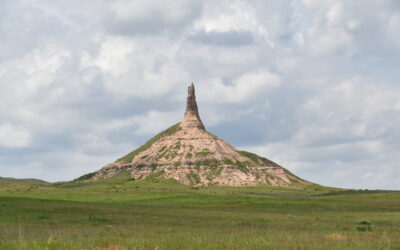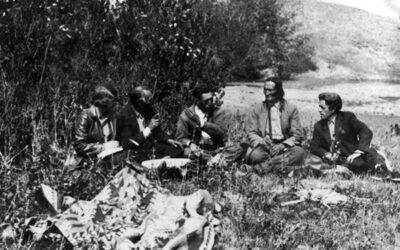The American Board of Commissioners for Foreign Missions had first tried to minister to the Pawnee in 1834. After a dozen years of fruitless effort at a mission on the Loup River near present Fullerton, they abandoned the attempt in 1846. Stories of the dangers surrounding the Pawnee undoubtedly delayed any attempt to reestablish missionary efforts. By 1851, however, the Pawnee had moved eastward almost out of the reach of the Sioux and resettled on the south side of the Platte River about five miles southeast of present-day Fremont.
Gottlieb Frederick Oehler, a would-be missionary to the Pawnee, would have been in a position to learn about the tribe from reliable sources. He was a missionary to the Munsee Indians on the Missouri River not far from Fort Leavenworth, Kansas. It was an ideal location from which to hear the latest news from traders, soldiers, and government employees about events upstream. Oehler was a member of the Brethren, or Moravian Church, an evangelical Christian denomination that had its American roots in Bethlehem, Pennsylvania.
Although the church was small, its commitment to missionary work was well known. Oehler had joined the Munsee Moravian mission in 1845. Following his brief visit to the Pawnee in 1851 he returned to the Munsees and stayed with them until 1854, when he was appointed pastor to a church in Pennsylvania. In 1856 he returned to the Munsees, but five years later was called back to Pennsylvania. Later he served in Minnesota and Illinois, where he retired in 1889. He died on January 4, 1897, at age eighty.
Oehler’s partner on the visit to the Pawnee was David Zeisberger Smith, born in 1821 to Moravian missionary parents. The circumstances of his meeting Oehler and origins of their visit to the Pawnee are not clear. Records show that in 1854, the year Oehler returned to Pennsylvania, Smith joined the mission to the Munsee and Delaware in Kansas and served there until 1857. His health began to fail, but he continued to serve congregations in the East until 1880. He died in Minnesota on February 21, 1884.
Despite the interest in the Pawnee exhibited by the Moravian Church they did not succeed in establishing a mission, and the tribe was then ignored by missionaries until the summer of 1862, when Elvira Platt was hired to teach school on the reservation. She was one of the former missionaries who left the Pawnee hurriedly in 1846.
The extended account of Oehler and Smith’s visit to the Pawnee, first published in the Moravian Church Miscellaney of 1851-1852, appears in Richard E. Jensen’s “A Visit to the Pawnee,” from the Winter 2006 issue of Nebraska History magazine.



